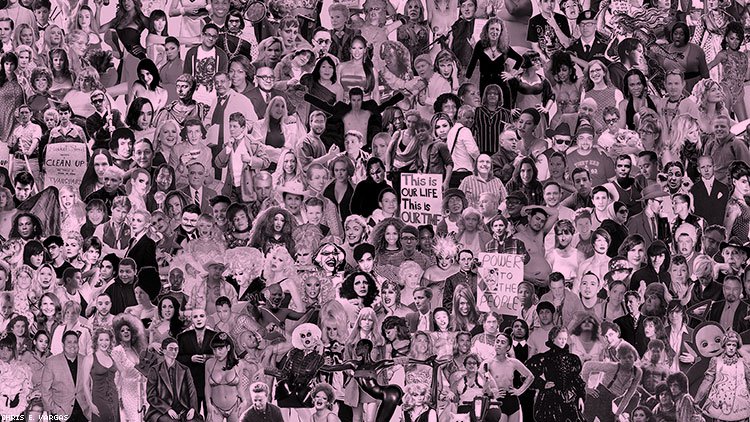
MOTHA Is Preserving Transgender Hirstory One City at a Time
Chris E. Vargas’s superpower is prescience. In 2013, a year before Laverne Cox’s TIME cover announced the “transgender tipping point,” the interdisciplinary artist created a black-and-white broadside poster in response to the mainstreaming of the trans community, and how transness was being discussed as if it were a recent phenomenon. According to his online store, the promotional collage highlights more than 280 “hiroes & trancestors; artists & activists; the famous & the infamous; the real & the fictional; the living & the passed; those who self-identify as trans & those who predate the category.” And just above those figures, in bold sans-serif typeface, lies the name of his dream: the then-imaginary Museum of Transgender Hirstory and Art, or MOTHA.
“I saw a ramp-up of representation in mass media of trans culture and stories, and I thought about the process marginalized people go through when they suddenly have this platform to deliver their story in a larger way,” the Bellingham, Washington-based artist says. “I saw institutions looking at trans culture and experience, but I decided I wanted to do something bigger, like look at history and queer and trans biography in a more expansive way.”